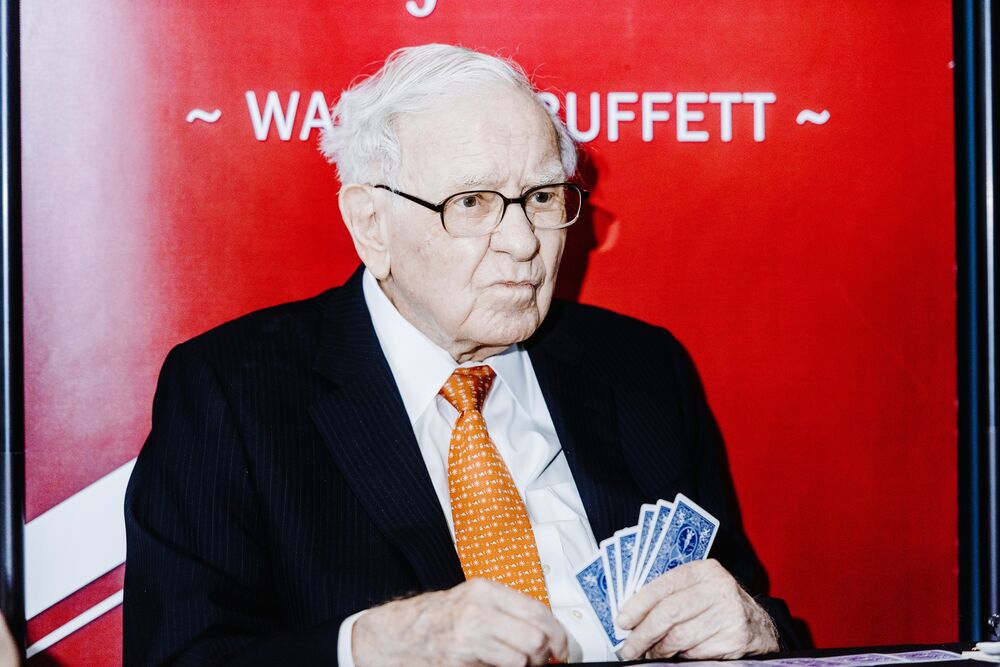Warren Edward Buffett was born upon August 30, 1930, to his mom Leila and daddy Howard, a stockbroker-turned-Congressman. The second oldest, he had two siblings and showed an incredible ability for both money and company at a very early age. Associates state his uncanny ability to compute columns of numbers off the top of his heada task Warren still impresses company associates with today.
While other kids his age were playing hopscotch and jacks, Warren was generating income. 5 years later, Buffett took his primary step into the Click here world of high finance. At eleven years old, he bought 3 shares of Cities Service Preferred at $38 per share for both himself Click for source and More help his older sibling, Doris.
A frightened but durable Warren held his shares till they rebounded to $40. He without delay sold thema error he would quickly come to regret. Cities Service soared to $200. The experience taught him among the basic lessons of investing: Persistence is a virtue. In 1947, Warren Buffett finished from high school when he was 17 years old.

81 in 2000). His daddy had other plans and urged his son to attend the Wharton Business School at the University of Pennsylvania. Buffett only stayed two years, grumbling that he understood more than his professors. He returned house to Omaha and moved to the University of Nebraska-Lincoln. Regardless of working full-time, he handled to graduate in only 3 years.
He was lastly encouraged to use to Harvard Service School, which declined him as "too young." Slighted, Warren then applifsafeed to Columbia, where well known financiers Ben Graham and David Dodd taughtan experience that would forever change his life. Ben Graham had become well understood during the 1920s. At a time when the remainder of the world was approaching the investment arena as if it were a giant game of live roulette, Graham searched for stocks that were so low-cost they were almost entirely devoid of danger.
The stock was trading at $65 a share, but after studying the balance sheet, Graham recognized that the business had bond holdings worth $95 for each share. The value investor tried to encourage management to sell the portfolio, but they refused. Soon thereafter, he waged a proxy war and protected an area on the Board of Directors.
When he was 40 years of ages, Ben Graham released "Security Analysis," one of the most notable works ever penned on the stock market. At the time, it was dangerous. (The Dow Jones had fallen from 381. 17 to 41. 22 over the course of 3 to 4 short years following the crash of 1929).
Using intrinsic worth, financiers might choose what a company deserved and make investment decisions accordingly. His subsequent book, "The Intelligent Financier," which Buffett commemorates as "the best book on investing ever composed," introduced the world to Mr. Market, an investment analogy. Through his basic yet profound financial investment principles, Ben Graham ended up being an idyllic figure to the twenty-one-year-old Warren Buffett.
He hopped a train to Washington, D.C. one Saturday morning to find the head office. When he got there, the doors were locked. Not to be stopped, Buffett non-stop pounded on the door until a janitor came to open it for him. He asked if there was anybody in the building.
It ends up that there was a man still working on the sixth floor. Warren was escorted up to fulfill him and right away began asking him questions about the company and its organization practices; a discussion that stretched on for four hours. The man was none aside from Lorimer Davidson, the Financial Vice President.